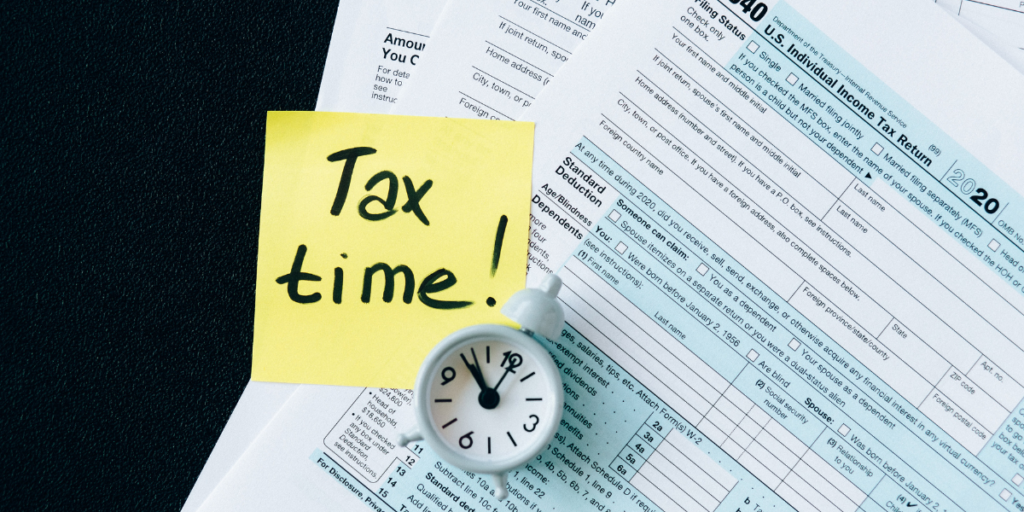Are you a small business owner living overseas? Do you earn income or pay contractors through third-party payment processors, such as Stripe or PayPal?
On top of your standard paperwork, such as Form W-9, and confidentiality agreements, there’s another document many small business owners might also have to consider when thinking about taxes: Form 1099-K.
Why the change now? The American Rescue Plan Act drastically reduced the minimum threshold for reporting. Today’s article lays out the groundwork for understanding Form 1099-K. From there, it outlines what the filing process looks like for small business owners who meet the requirements.
Let’s dive in!
What is Form 1099-K?
The 1099-K is a form that tracks the total payments processed through credit card companies and third-party services, such as PayPal, Stripe, and Venmo. It also tracks payments for freelancing platforms that hire contractors, such as Upwork and Fiverr.
Read more: Understanding Your Form 1099-K | The IRS
What is the 1099-K threshold for 2022?
The previous threshold for filing a 1099-K was gross payments that exceed $20,000 (for a single freelancer/contractor) across a whole tax year. However, all of that changed when the US Congress passed the American Rescue Plan Act in 2021. This Act officially took effect on January 1st, 2022.
According to the IRS, the users of third-party payment services will receive a 1099-K when:
- The individual/business receives their payments via card transactions (such as credit or debit cards), and/or
- The individual/business receives payment via third-party payment platforms (Paypal, Venmo, Stripe, Upwork, etc.) that are above the minimum reporting thresholds of:
- $600 worth of payments across the entire tax year with no minimum amount of processed interactions that took place (prior to 2022, it was 200 transactions throughout the year).
As a result of this act, more small business owners earning income via third-party payment options will receive a Form 1099-K than ever before.
Read More: Earn More Than $600 As An Expat Gig Worker? Introduction, Form 1099-K
What’s being reported in Form 1099-K?
Form 1099-K includes the following information:
- Box 1a — Gross Amount Of Payment Card/Third-party Network Transactions: Generally speaking, ‘gross’ means all of something. So in this instance, confirm this box includes the total amount of payments received throughout the tax year.
- Box 1b — Card Not Present Transactions: This typically refers to payments that didn’t occur by card. Include all transactions in which a payment card wasn’t used in this section. Examples include phone or online sales.
- Box 2 — Merchant Category Code: Check the merchant category code here! Not sure what yours is or how to find it? Here’s a resource that explains the process.
- Box 3 — Number Of Payment Transactions: This box must include the count of payment transactions processed throughout the year – not the total amount! Issued any refunds during the year? Do not include those in the final number!
- Box 4 — Federal Income Tax Withheld: Any federal state tax withheld is reported here (self-explanatory).
- Box 5a – 5KI — Gross Amount Of Payment Card/Third-party Network Transactions Made: This box notates the gross amount of card and third-party payment options received for each month in the calendar year.
- Boxes 6 – 8 — State Income Tax Withheld: Similar to Box 4! This box reports any state tax withheld.
Must I send a Form 1099-K to contractors I hire?
If you hire a contractor and pay them through a third-party payment processor or with credit cards, you won’t have to send them a Form 1099-K. The payment platform will have to send Form 1099-K to the contractor themselves once their earnings exceed $600 across the tax year.
However, if you hired and paid a contractor more than $600 via other payment methods such as cash or checks, then you’ll have to send them a 1099-NEC.
Form 1099-K vs. Form 1099-NEC: What’s the Difference?
While both Form 1099-K and Form 1099-NEC report on gross earnings, they come into play depending on the source of the payments.
Let’s bring an example to life… You’ve hired a freelancer to redesign your logo. Paying them via check versus credit card has different implications.
In Scenario 1, you pay the freelancer via check. In this case, (assuming the cost of the redesign is more than $600), you’ll be required to issue a 1099-NEC. In Scenario 2, however, you pay them via credit card. Here, the payment processor is required to send them a 1099-K.
Get the Help You Need to Stay Compliant With Tax Filing
Small business owners already manage a lot of paperwork! That’s why sometimes, it makes the most sense to let a team of professionals handle your taxes! Then, you can focus on what matters most: running your business and growing your team.
Feel free to contact us if you have more questions about how Form 1099-K (or Form 1099-NEC) impacts your business! Our team is more than happy to help and find the best solution for you.



